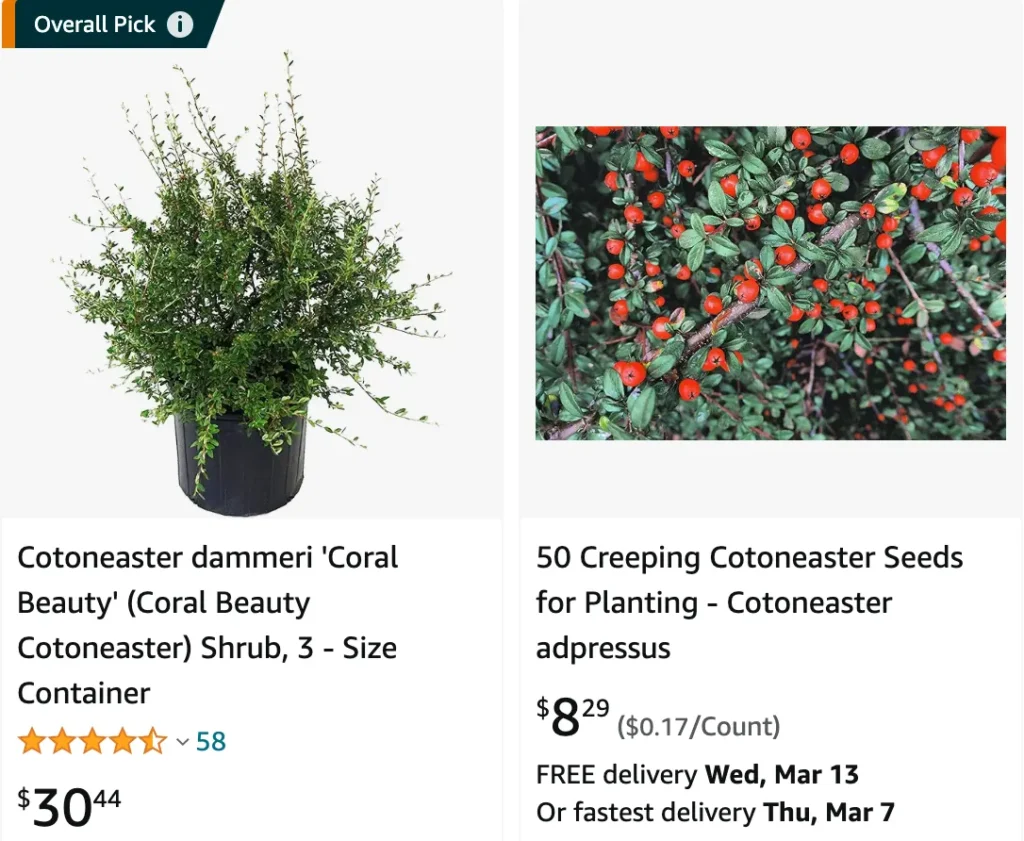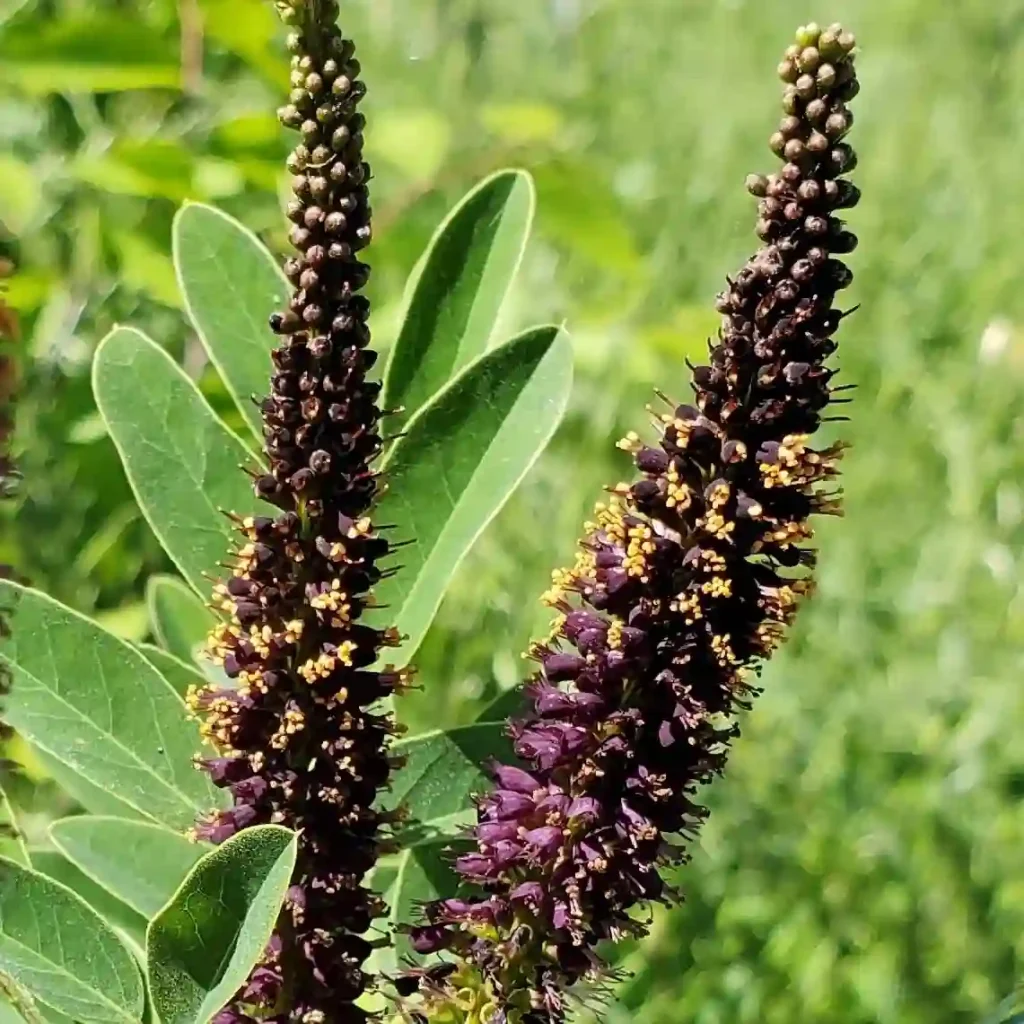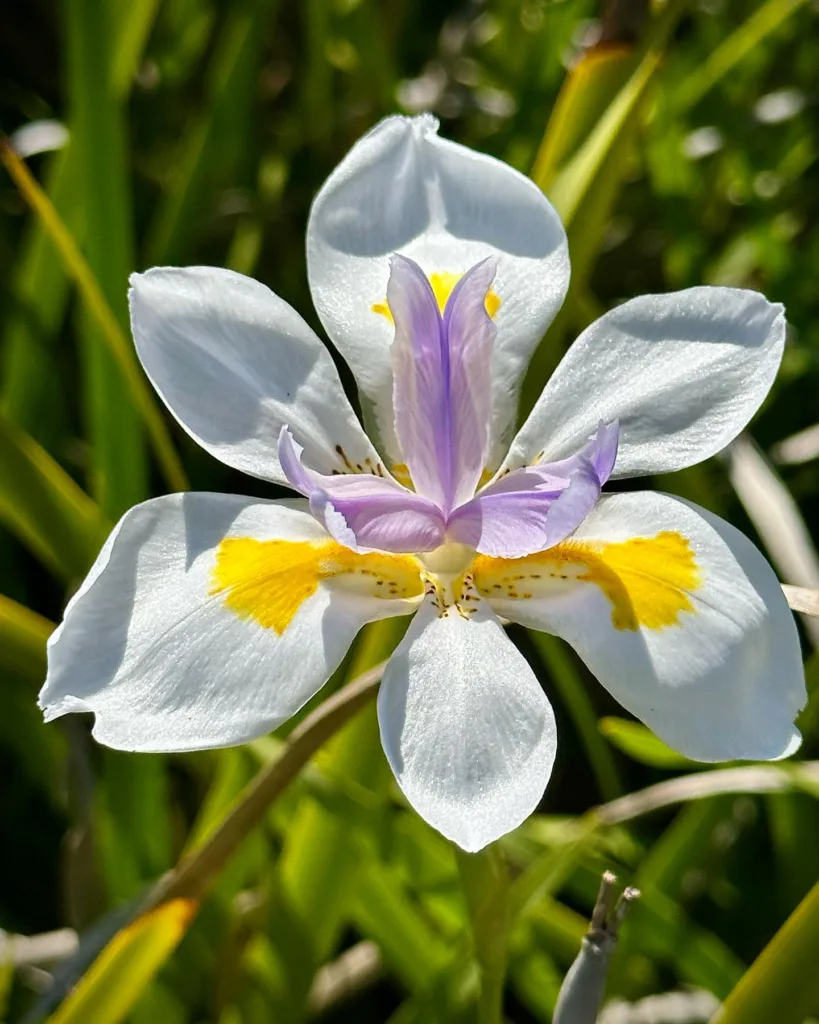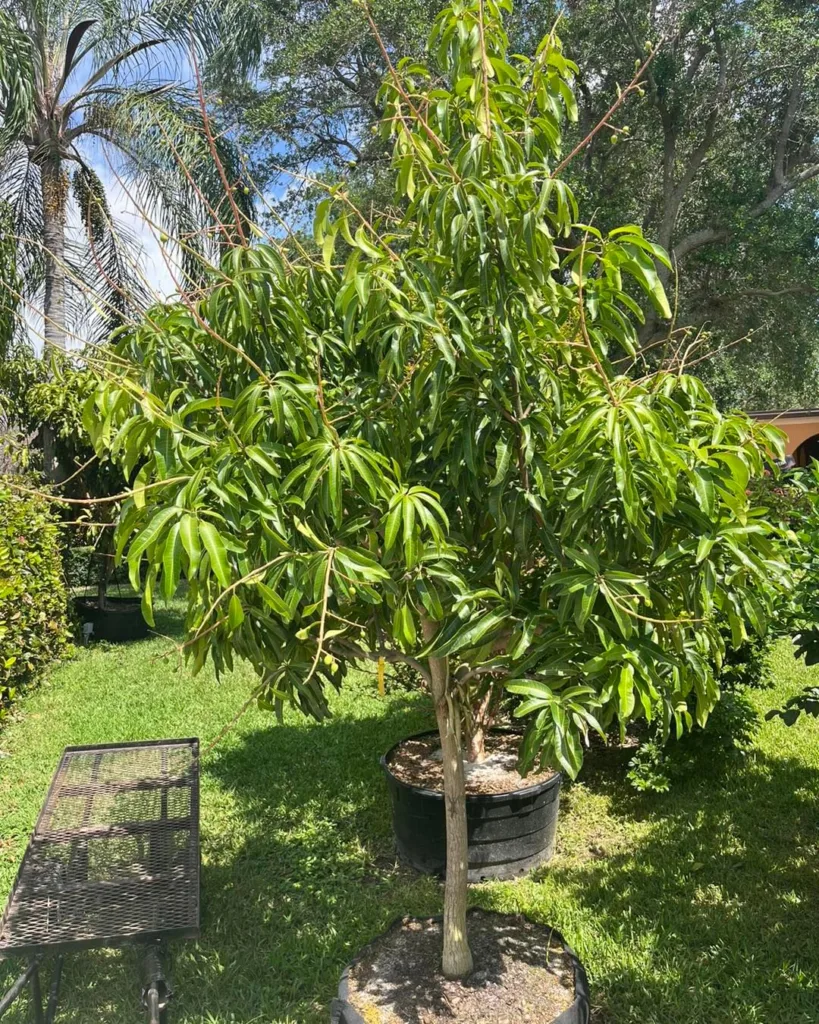
The Enduring Appeal of Cotoneaster Dammeri: A Gardener’s Guide
For years, I’ve been captivated by the unassuming beauty of Cotoneaster dammeri, also known as bearberry cotoneaster. This versatile evergreen shrub has become a mainstay in my garden, offering year-round interest with its glossy foliage and vibrant red berries. Whether cascading over a retaining wall or blanketing a slope, Cotoneaster dammeri adds a touch of texture and color to any landscape.
If you’re looking for a low-maintenance ground cover or cascading shrub for your garden, Cotoneaster dammeri might be the perfect choice. In this guide, I’ll share my experience with this delightful plant, covering everything from planting and propagation to pruning and care.
272 Species in Genus Cotoneaster
When to Plant Cotoneaster Dammeri?
The best time to plant Cotoneaster dammeri depends on your climate. In warmer regions with mild winters (think zones 7 and above), planting in the fall allows the roots to establish before the hot summer months. For colder climates (zones 5 and 6), spring planting is preferable to avoid potential winter damage to newly planted shrubs.
Where to Buy Cotoneaster Dammeri?
Cotoneaster dammeri is a widely available plant. You can find it at most nurseries and garden centers, often sold in containers. Look for healthy plants with vibrant green foliage and a well-developed root system.
How to Plant Cotoneaster Dammeri?
Planting Cotoneaster dammeri is a straightforward process. Here’s what you’ll need:
- Shovel
- Compost or aged manure
- Watering can
- Choose a Planting Location: Select a spot with well-drained soil and full sun to partial shade. Cotoneaster dammeri tolerates a variety of soil types but thrives in slightly alkaline soil.
- Dig a Planting Hole: Dig a hole twice the diameter of the plant’s root ball and slightly deeper.
- Amend the Soil: Mix compost or aged manure with the excavated soil to improve drainage and fertility.
- Position the Plant: Carefully place the Cotoneaster dammeri in the hole, ensuring the root ball sits level with the surrounding soil.
- Backfill and Water: Fill the hole with the amended soil, tamping gently to remove air pockets. Water thoroughly to settle the soil around the roots.
How to Care for Cotoneaster Dammeri?
Cotoneaster dammeri is a low-maintenance plant that thrives with minimal care. Here are some key things to remember:
- Watering: Water regularly, especially during the first growing season, until the plant establishes itself. Thereafter, Cotoneaster dammeri is drought tolerant and requires infrequent watering, except during prolonged dry spells.
- Mulching: Apply a layer of mulch around the base of the plant to retain moisture, suppress weeds, and regulate soil temperature.
- Fertilization: Cotoneaster dammeri is not a heavy feeder. A light application of balanced fertilizer in early spring might be beneficial, but avoid over-fertilizing as it can promote excessive growth and reduce flowering.
How to Prune Cotoneaster Dammeri?
Pruning is not essential for Cotoneaster dammeri, but it can help maintain its shape and encourage bushier growth. Prune lightly after flowering in late spring or early summer. You can remove dead, diseased, or overcrowded branches to improve air circulation and overall plant health.
For a cascading effect over walls or slopes, minimal to no pruning might be necessary. However, you can trim any wayward branches to maintain the desired shape.
How to Propagate Cotoneaster Dammeri?
Cotoneaster dammeri can be easily propagated through stem cuttings. Here’s how:
- In late summer or early fall, take 4-6 inch stem cuttings from healthy, non-flowering shoots.
- Remove the lower leaves and dip the cut end in rooting hormone (optional but can improve success rate).
- Plant the cuttings in a pot filled with a well-draining potting mix. Water thoroughly and place the pot in a location with indirect sunlight.
- Keep the soil moist but not soggy. Rooting can take several weeks. Once new growth appears, harden off the cuttings by gradually exposing them to outdoor conditions before transplanting them to their permanent location.
What to Plant with Cotoneaster Dammeri?
Cotoneaster dammeri pairs well with a variety of plants. Here are a few ideas:
- Spring Bulbs: Early blooming bulbs like daffodils and tulips add a pop of color in spring before the Cotoneaster dammeri flowers.
- Perennials: Low-growing perennials like catmint or creeping phlox provide contrasting textures and complementary blooms throughout the growing season.
- Ornamental Grasses: Blue fescue or feather reed grass add a touch of movement and vertical interest to the landscape.
By following these tips you can cultivate a thriving Cotoneaster dammeri that will grace your garden for years to come. With its adaptability, low maintenance requirements, and enduring appeal, this versatile shrub offers a wealth of benefits for gardeners of all levels. So, why not consider adding a touch of evergreen charm and vibrant color to your landscape with Cotoneaster dammeri? You might be surprised by how much joy this little shrub can bring.
If i die, water my plants!



